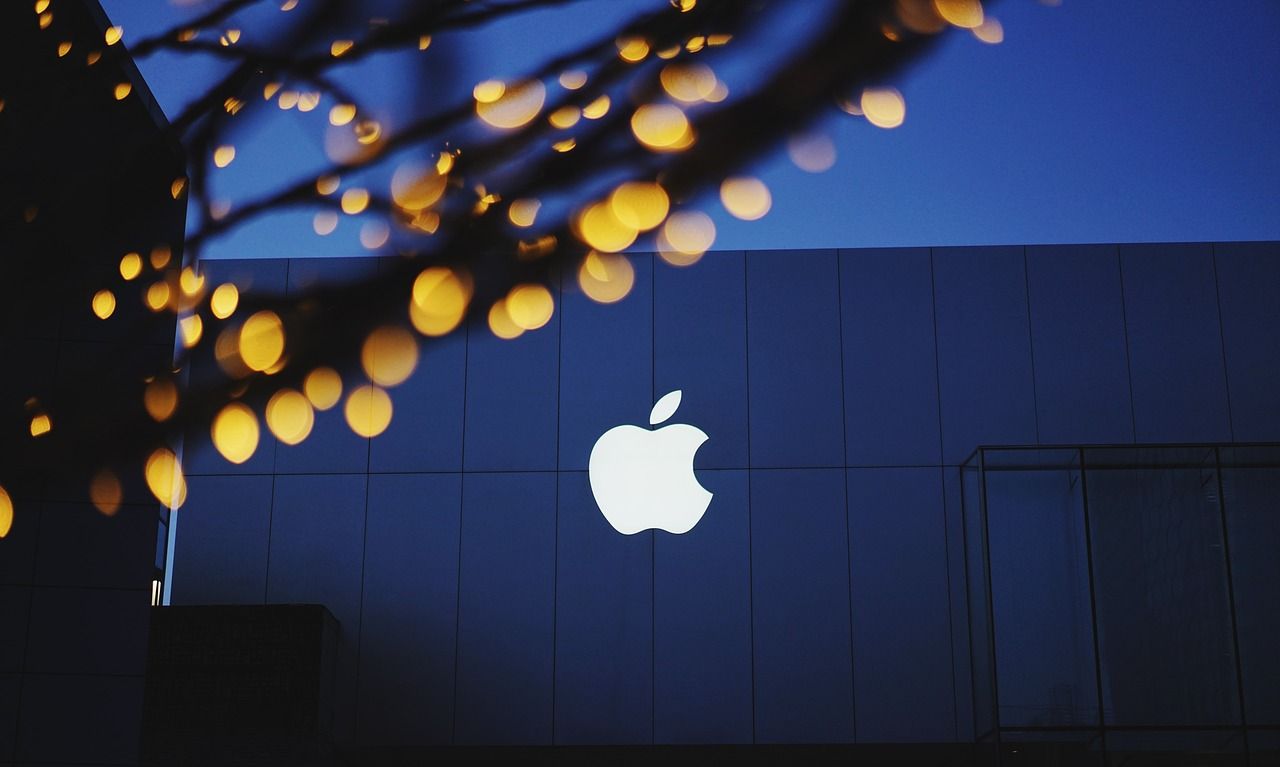Product placement is also known as product placement. Both the product placement itself and its importance have changed over the years. It was progressing with the evolution of marketing and the development of new techniques and technologies. Starting in the 1980s, this form of brand promotion began to grow in strength. Becoming one of the strategic marketing tools over time.
Product placement is one of the strategies that allow brands to reach their audience. Thanks to this treatment target group learns about the brand without having to use overt, "traditional" advertising. One of the initial definitions saw product placement as paid, intentional but seemingly random, to include a branded product in a movie or TV show. It is said that the idea of product placement in films arose as a result of producers' efforts to increase the reality of films. The idea was to make the viewers feel that the characters are just like them. At first, the directors did not foresee "side effects". However, it quickly turned out that the specific products that appeared in the movies were recording sales growth. All this did not escape the vigilant attention of marketing specialists. Their communication channels with customers have just been enriched with another.
An effective strategy to reach your audience?
Check how we can help you.
Product placement on television
The placement of branded goods or services is usually associated with television. Sometimes product placement is done more skilfully, and sometimes in a less subtle way (when the camera zooms the frame so that it hurts the eyes). Think about the movies you've watched. How many times does the leading character drink the clearly marked "Coca-Cola" drink? Abo is using a cell phone with a distinctive apple clearly visible? This is product placement. In most cases, the big brands behind the product pay hefty sums to include it in film or TV productions. While the cost of product placement can be high, the profit for the brand can be even higher. It is enough to cite the famous example of Hershey, an American producer of chocolate sweets. The company saw the 65% increase in profits with its product placement in the blockbuster ET

In addition to increasing profits, product placement can also increase brand recognition. Research shows - up to 20%. Some argue that this number could rise to 43% when product placement occurs in emotionally engaging programs. All thanks to the halo effect. A positive association with a program or person evokes a positive association with the presented product. I can give a similar effect engaging advertising campaign. In the case of product placement, a brand positively influences the potential consumer without publicly disclosing its product. Ultimately this one communication strategy with the recipient has one goal. It is supposed to influence the positive perception of the brand or product so that the customer can buy it.
Product placement on social media
The advent and soaring popularity of social media could only mean one thing. Retail market i ads had to change to keep up with new consumer preferences. Today, not only big corporate brands rely on Facebook, Twitter, Instagram or YouTube to share, promote and sell their products.
Product placement in social media takes many forms. One option is to work with influencers. These people have crowds of followers on social media, i.e. people who follow their every activity. Brands, having access to thousands of network users thanks to such people, strive for influencers to promote their products and increase the brand's popularity among their followers.

Influencer marketing is one of the fastest growing channels in terms of online marketing. It can include both very explicit words of praise directed at the brand's products, as well as subtle placement in a photo or in a post. The most important thing is to start with finding the right influencer who will reach the target group and is within the company's budget. You probably wouldn't gain much from promoting your line of cleansing products by Blanka Lipińska, but it would be great for advertising your lip gloss.
Merchandising as support for stationary sales
Product placement is not just limited to media presence. It can also refer to the actual size of the store. A bright example? Remember how many times, standing at the checkout in the grocery store, you bought a candy bar or chewing gum just because they were there? Think about the ordeal that parents of young children must go through when trying to persuade them to buy another lollipop or a chocolate egg.

As with media product placement, big names are willing to pay a lot for the best in-store and shelf seat. Which places are considered the best? The space right next to the checkout, or simply placing your products at eye level with your customers. Such a maneuver significantly increases the likelihood that the consumer will choose this product. Although a law prohibiting the collection of a hidden, illegal "shelf fee" has been in force for several years, networks still use various circumventions of this prohibition.
These practices can make it much more difficult for smaller brands or companies to enter the commercial retail market. This does not mean that it is not worth trying. You can start product placement by connecting with smaller, local stores to present your range to consumers.
Product placement is becoming an increasingly important way for brands sales support and reaching your target audience in a subtle and effective way. Companies use this to increase sales, brand awareness and attract new customers - all without "traditional advertising".

